How did you know you were meant to do what you do? Was it a feeling? Did the skills required come exceptionally easily to you? I wasn’t someone who knew immediately that interior design would be my path. What I DID know was that I had an insatiable urge to create. I was always artistic, and that gift would prove to be impossible to deny. My propensity toward the imaginative is something that feels inescapable, inevitable. When I began flipping properties and later designing homes, I knew I was exactly where I was meant to be. As my experience grew, so did my desire to tackle larger projects. To date, I have used my talents in both the residential and commercial design arenas. I love them both, but they involve quite different trains of thought from me as an interior designer. This is how they compare.
Residential and Commercial Interior Design
I am often asked in interviews how I got started in interior design. The answer is always lengthy because my beginnings weren’t linear. I designed book bags for my friends, opened my own retail store and more before I worked in the design field. But, people aren’t always aware that I worked as the creative director of a luxury yacht manufacturer, or that I redesigned an airplane hangar. I had several unique opportunities that set the stage for my interior design career. Working in residential design at that point wasn’t a surprise. Venturing into commercial design presented challenges I hadn’t yet encountered.
Both types of interior design allow me to dream up amazing ways to bring a space to life. However, the approach I take must differ in order to satisfy the needs of a space. When I design a home, my focus is largely on what one or two people want and how their family will exist inside that space. A space like a restaurant will be frequented by many people from all over. Every design choice has to be carefully thought out so that the space is comfortable and functional for all. It’s equal parts thrilling and complex, and I’m always up for the job!
Family Basics
When you hire an interior designer, one of the first priorities is selecting materials that suit the project. Of course we all want things to look beautiful, but I design spaces to be aesthetically pleasing and liveble! When I’m selecting countertops for a family with young children, I’m careful to choose materials that won’t etch if it comes into contact with juice. I ask questions about the kinds of textures the homeowner appreciates, and I mesh their hopes for visual appeal with easily cleanable fabrics. I want to know if the family has a baby or young child that takes naps during the day, because that will determine details like light-blocking curtains. Those are just a couple of ways I consider design for residential properties. Commercial interior design necessitates a different set of priorities when it comes to materials selection.
Universal Utility in Interior Design
A wide section of the general population will visit a place like a restaurant, so I have to think about the way a space will be used by many, as well as how materials selection can add to or detract from the goal of the space. This is especially important when the goal is serving people and/or making money.
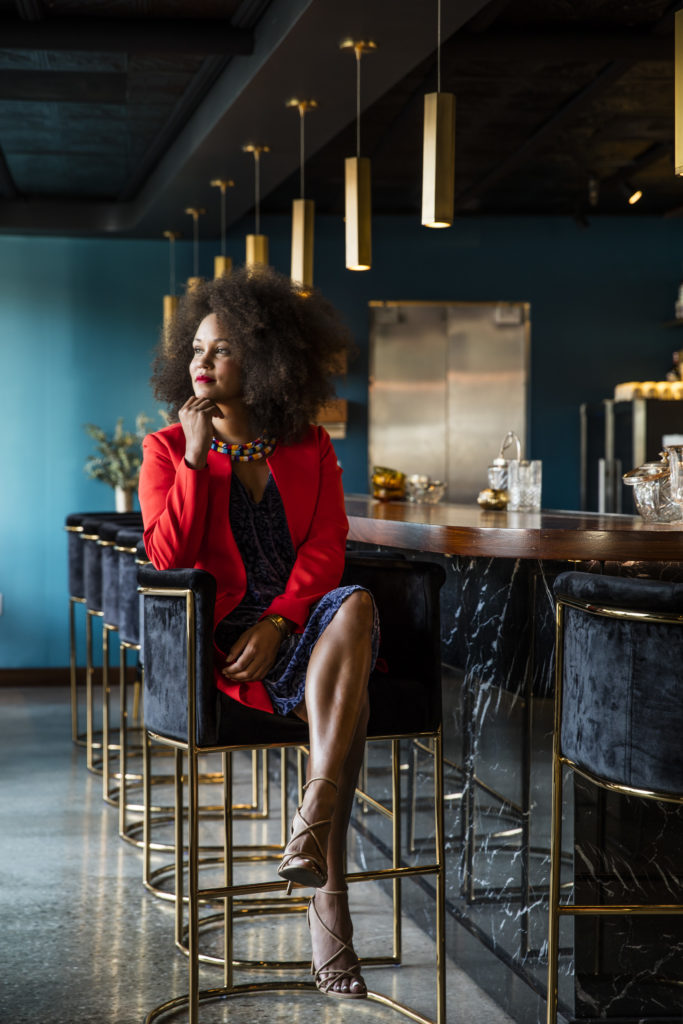
I designed a bar for an upscale restaurant in Santa Monica, and I took an unconventional route. Rich wood graced the top of the bar and elegant marble on the front. That allowed the delicate stone to be less of an issue when it came to food and drink contact. But, that’s not the only reason for the unique material placement! I wanted the space to feel like a local watering hole, a place with an air of familiarity, without sacrificing the slightly ritzy atmosphere. The wood felt like something to easily pull up to and enjoy a beverage, but the stone remained eye-catching and refined.
Have a Seat
How many times have you spotted a sofa that you just had to have for your home? It has the perfect look and exact color that you want. You’re so infatuated with this piece that you don’t even care if it’s comfortable, because you’re planning to place it in that formal living room that nobody ever uses anyway. We’ve all done it. We all know what it’s like to make a dream purchase that will complete the look in our homes. People book an hour consultation with me and often ask me to help find that dream decor item that they’ve been dreaming about for their homes. I’m always happy to oblige. After all, you need to LOVE your space, and I’m always thrilled knowing my clients will walk through their doors each day with smiles on their faces when they see how stunning their homes are. That’s my job when I’m in residential design.
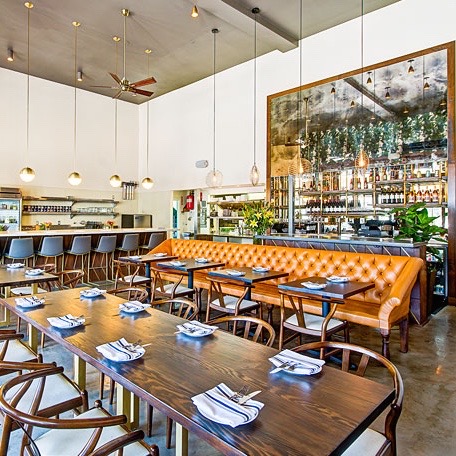
The priorities shift when I’m designing a commercial space. I want the seating to be comfortable for everyone who will spend time there. That means the chairs must have the right amount of cushion, but be able to withstand long durations of sitting. It also means selecting fabrics that won’t stain, and won’t tear or rip easily. Some designers don’t believe you can have it all. To that, I say “bring it on!” Beautiful seating that features durable design is possible, and I’ve used it several times over. I loved the leather banquette seating pictured above. The color felt warm, and the tufting added a sophisticated touch. Patrons were always comfortable while they enjoyed their meals, and the staff had an easy time wiping them clean. That’s the way I mix function with style when my design will benefit the masses.
The Allure of Art
When I sit down with clients to talk about what they want out of their spaces, they often speak with such passion. They describe the imagery they’ve held in their heads with vivid details. Those conversations rarely finish without the mention of some art piece, color palette or wall covering. That’s because art and color have such an immediate impact on us. We choose soothing tones when we want a tranquil atmosphere, brighter ones when we wish to feel invigorated, and crisp, cooler hues when we want a clean feeling in a space. Color is one of a designer’s most powerful tools! My residential clients seek my expertise in choosing the best colors for their home offices, the right wallpaper to use in their powder rooms, and the perfect piece of art for that space right above their beds. They want their homes to make the right impressions.
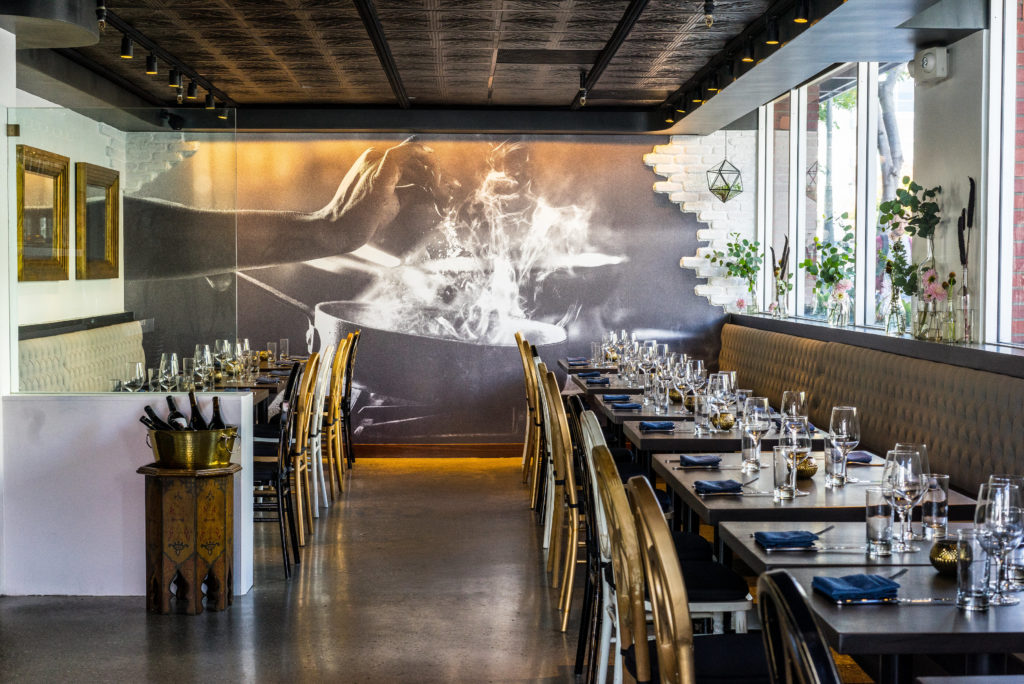
So it should come as no surprise that art and color in commercial interior design are equally as important. When I’m designing a space, every element I incorporate is an opportunity to positively affect the crowds who gather there. This is especially true in restaurant design. They say people eat with their eyes first. That’s a neat way of saying that appearance counts! I believe we can shift the energy in a space with the art included. I once took a portrait of a chef’s hands in action, and enlarged it to cover an entire wall. It felt immersive and dramatic. The moment you entered the space you were immediately transported into the mood deliberately created by the environment.
Intuitive Interconnectedness in Design
I have talked about UNICA before, and although it isn’t a commercial property, the 41,000+ sq ft estate is definitely designed to host large numbers of guests. The bar lives on the wellness floor of the property and can be seen from multiple levels. I wanted to tie in characteristics of both floors and create a design that felt cohesive. I commissioned a piece from an artist that featured elements reminiscent of smoke and water. This perfectly linked to the floors with views of the fireplace and waterfall!
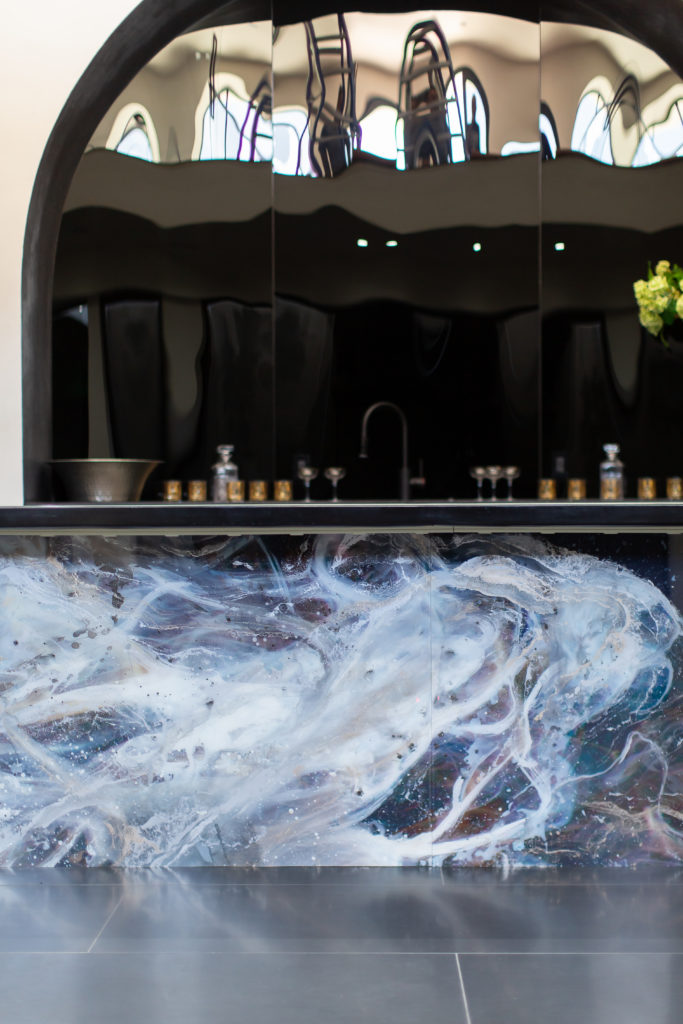
Choosing art for commercial spaces is a delicate dance of finding attractive pieces that can somehow appeal to a multicultural, multi-generational audience. That’s not easy to do! I have found great success by integrating art with historical significance to the geographical location of the property. I also suggest using art that has the ability to begin conversations relevant to the space. Sounds simple, right? It is! Don’t overthink it. Determine what you want people to feel within the space. Do you want to spark philosophical thoughts? Sensations of comfort? Exclusivity? All of those things can be achieved with the art, colors and decor you select.
I don’t think I could ever choose a favorite between residential and commercial design. They both allow me to stretch my creative muscles in amazing ways. Designing for one means total control over every element. I get to go as subtle or funky as the client desires. Commercial design requires an entirely different way of thinking that considers the preferences and ideals of many. It’s challenging, but the reward is sweet!

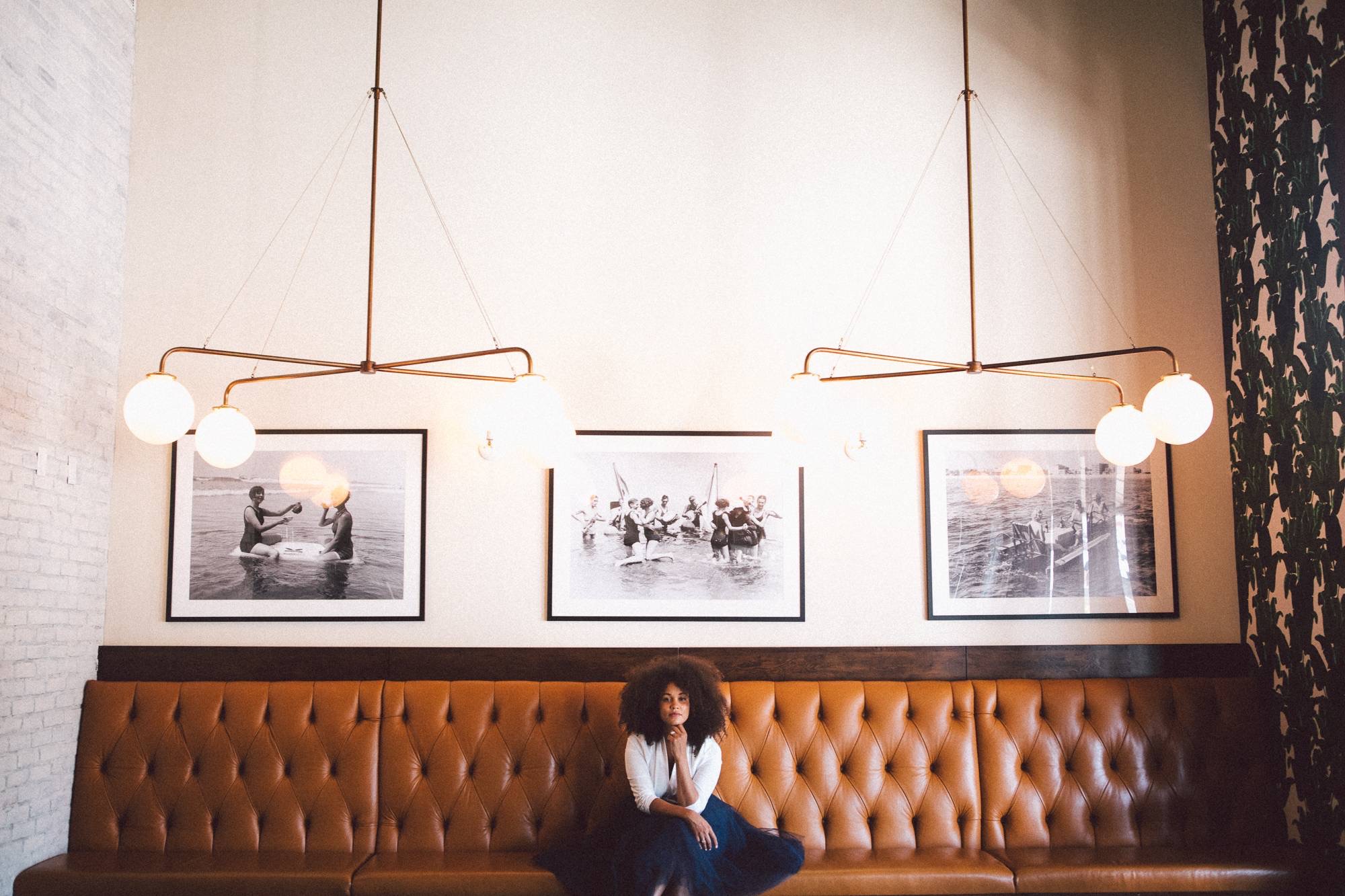
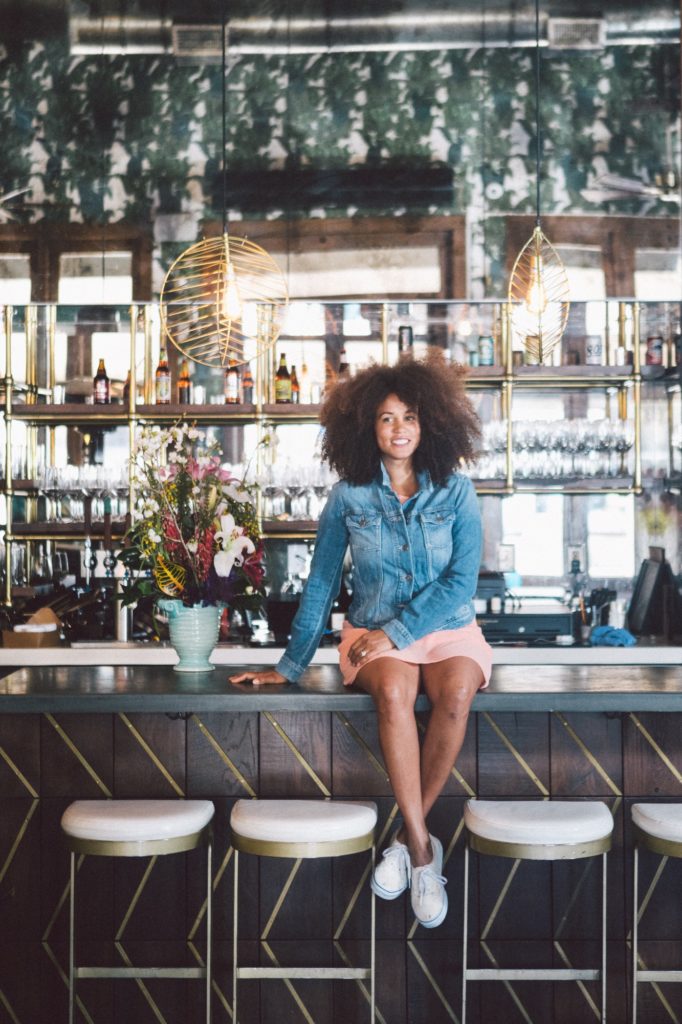
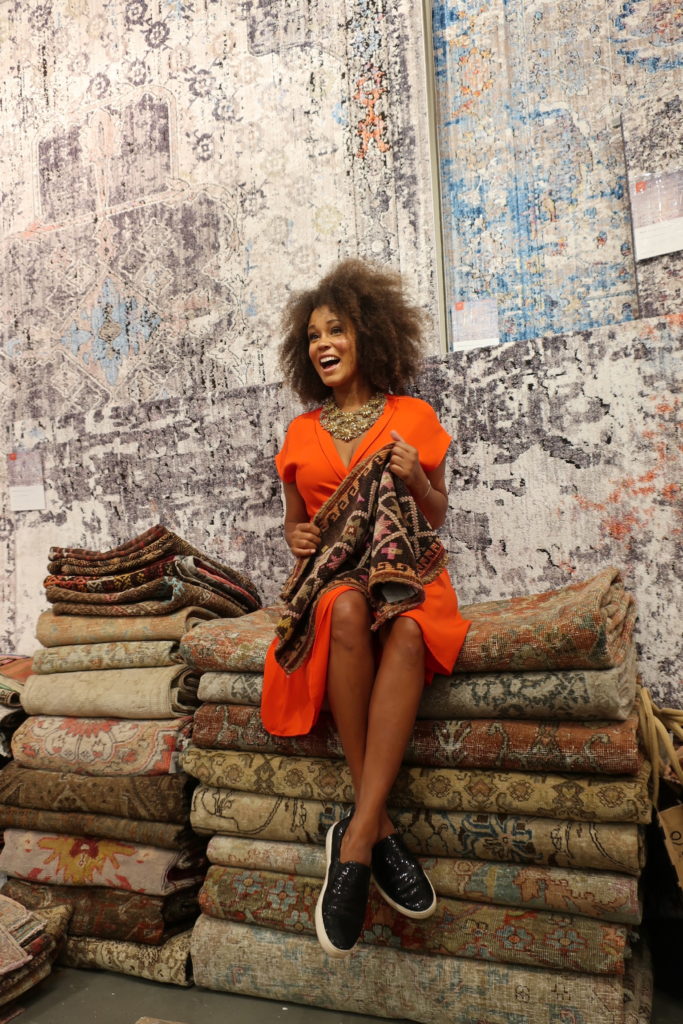
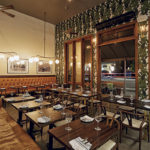

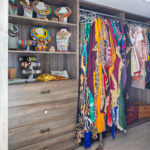
replies (0)